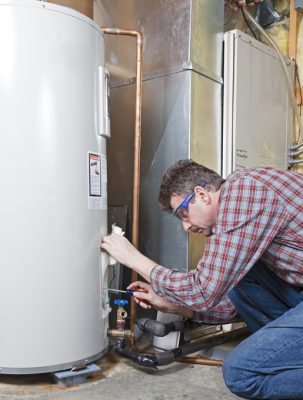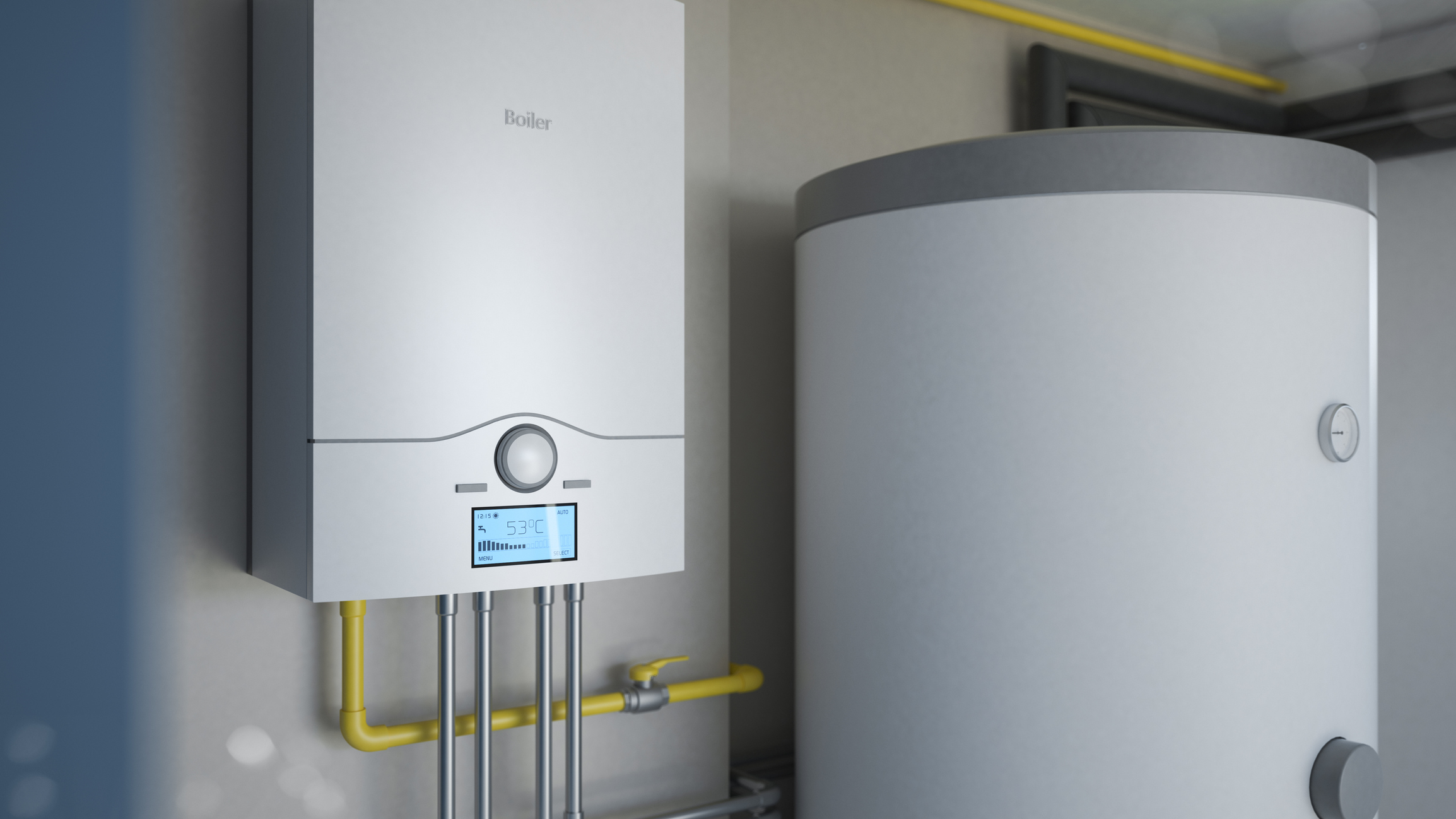Listed here below you can discover a good deal of outstanding points around What Kind of Maintenance Do Water Heaters Need?.

Warm water is important for day-to-day comfort, whether it's for a refreshing shower or cleaning recipes. To ensure your warm water system runs successfully and lasts longer, routine upkeep is key. This short article supplies sensible suggestions and insights on exactly how to keep your home's hot water system to prevent disturbances and costly repair work.
Introduction
Keeping your home's warm water system could seem difficult, however with a couple of basic actions, you can ensure it operates efficiently for several years to come. This guide covers whatever from recognizing your warm water system to do it yourself upkeep tips and understanding when to employ specialist aid.
Importance of Preserving Your Hot Water System
Routine upkeep not just extends the lifespan of your hot water system however likewise guarantees it runs effectively. Ignoring upkeep can bring about lowered performance, higher power costs, and even premature failure of the system.
Signs Your Hot Water System Needs Maintenance
Knowing when your hot water system needs interest can protect against major issues. Look out for signs such as inconsistent water temperature, strange noises from the heater, or rusty water.
Understanding Your Warm Water System
Prior to diving right into maintenance tasks, it's helpful to understand the basic components of your warm water system. Usually, this consists of the water heater itself, pipes, anode rods, and temperature controls.
Monthly Upkeep Tasks
Routine regular monthly checks can help capture small concerns prior to they intensify.
Flushing the Water Heater
Flushing your hot water heater gets rid of debris accumulation, improving efficiency and lengthening its life.
Checking and Replacing Anode Rods
Anode rods protect against deterioration inside the storage tank. Checking and replacing them when worn out is critical.
Checking and Adjusting Temperature Level Setups
Changing the temperature level settings guarantees optimal efficiency and security.
DIY Tips for Upkeep
You can do a number of maintenance jobs on your own to keep your warm water system in leading condition.
Checking for Leakages
Frequently inspect pipelines and connections for leaks, as these can cause water damage and higher costs.
Evaluating Stress Relief Valves
Testing the pressure relief valve guarantees it functions appropriately and stops excessive stress accumulation.
Insulating Pipelines
Insulating warm water pipes lowers warm loss and can save power.
When to Call a Professional
While do it yourself maintenance is beneficial, some problems require specialist knowledge.
Complex Problems Requiring Expert Help
Instances include significant leaks, electrical troubles, or if your water heater is continually underperforming.
Routine Specialist Maintenance Conveniences
Expert upkeep can include complete inspections, tune-ups, and guaranteeing conformity with security criteria.
Conclusion
Routine upkeep of your home's hot water system is necessary for effectiveness, long life, and expense savings. By complying with these pointers and knowing when to look for professional help, you can make sure a reliable supply of hot water without unforeseen disturbances.
Water Heater Maintenance Tips
Test the TPR Valve
Shut off the power and the cold-water supply valve. Place a bucket under the pipe connected to the temperature-pressure-release (TPR) valve on the top or side of the tank. (This valve opens if the tank pressure gets too high.) Lift the valve’s tab to let some water out, then let go. If water keeps flowing, drain the tank partway, unscrew the old valve with a pipe wrench, and install a new one. Check the Anode Rod
Put a hose to the tank’s drain cock and let out a few gallons of water. Now fit a 1 1/16-inch socket onto the rod’s hex head on top of the heater (or under its top plate) and unscrew the rod. If it’s less than ½ inch thick or coated with calcium, buy a new one, wrap its threads with Teflon tape, put it back in the tank, and tighten securely. Use this segmented rod if headroom above the tank is limited. Drain the Tank and Wash Out Sediment
Drain the remaining water in the tank into the bucket, then stir up the sediment on the tank’s bottom by briefly opening the cold-water supply valve. Drain and repeat until clean water comes out of the hose. Close the drain cock, refill the tank, and turn its power back on. Adjust the Temperature
Find the temperature dial on the side of the tank and unscrew its cover. Adjust the dial to 120 degrees using a flathead screwdriver. For every 10 degrees the temperature is lowered, you can expect to save up to 5 percent in energy costs. Turn the water heater off or the thermostat down to its lowest setting if you plan to be away from home for more than three days. Insulate the Pipes
Buy some self-sticking 3/8-inch-thick foam pipe insulation that matches the pipes’ diameter. Slide the foam over the hot-and cold-water pipes as far as you can reach. Insulating the cold-water pipe prevents condensation in summer. Peel the tape and squeeze the insulation closed. If the pipe is 6 inches or less from the flue, cover it with 1-inch-thick unfaced fiberglass pipe wrap. https://www.thisoldhouse.com/plumbing/21016402/how-to-maintain-a-water-heater

I am very taken with Water Heater Maintenance Tips You Can't Afford to Forget and I am assuming you enjoyed reading the page. Enjoyed reading our post? Please quickly share it. Help someone else discover it. Thanks a lot for your time. Revisit us soon.
Check This Out